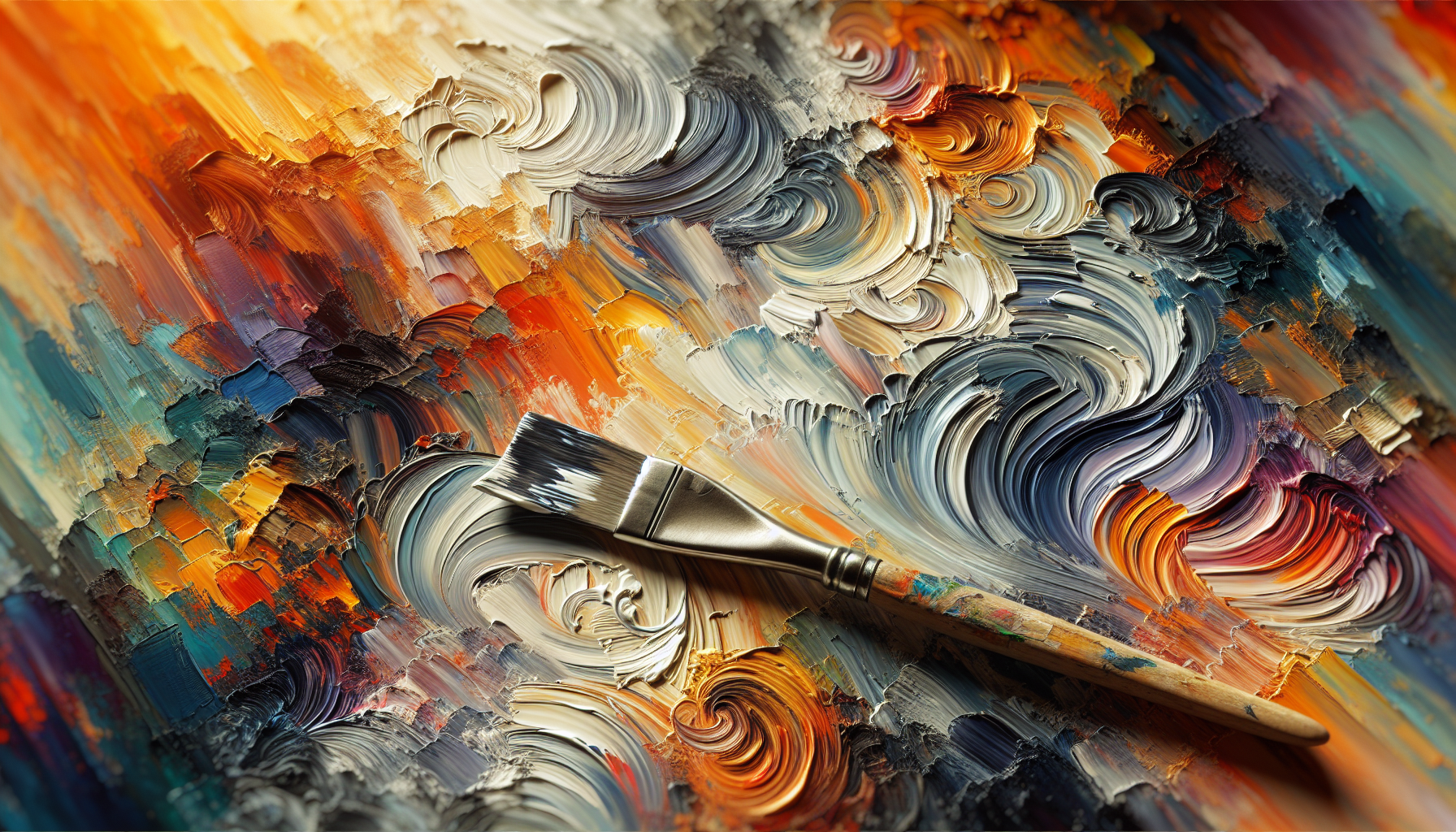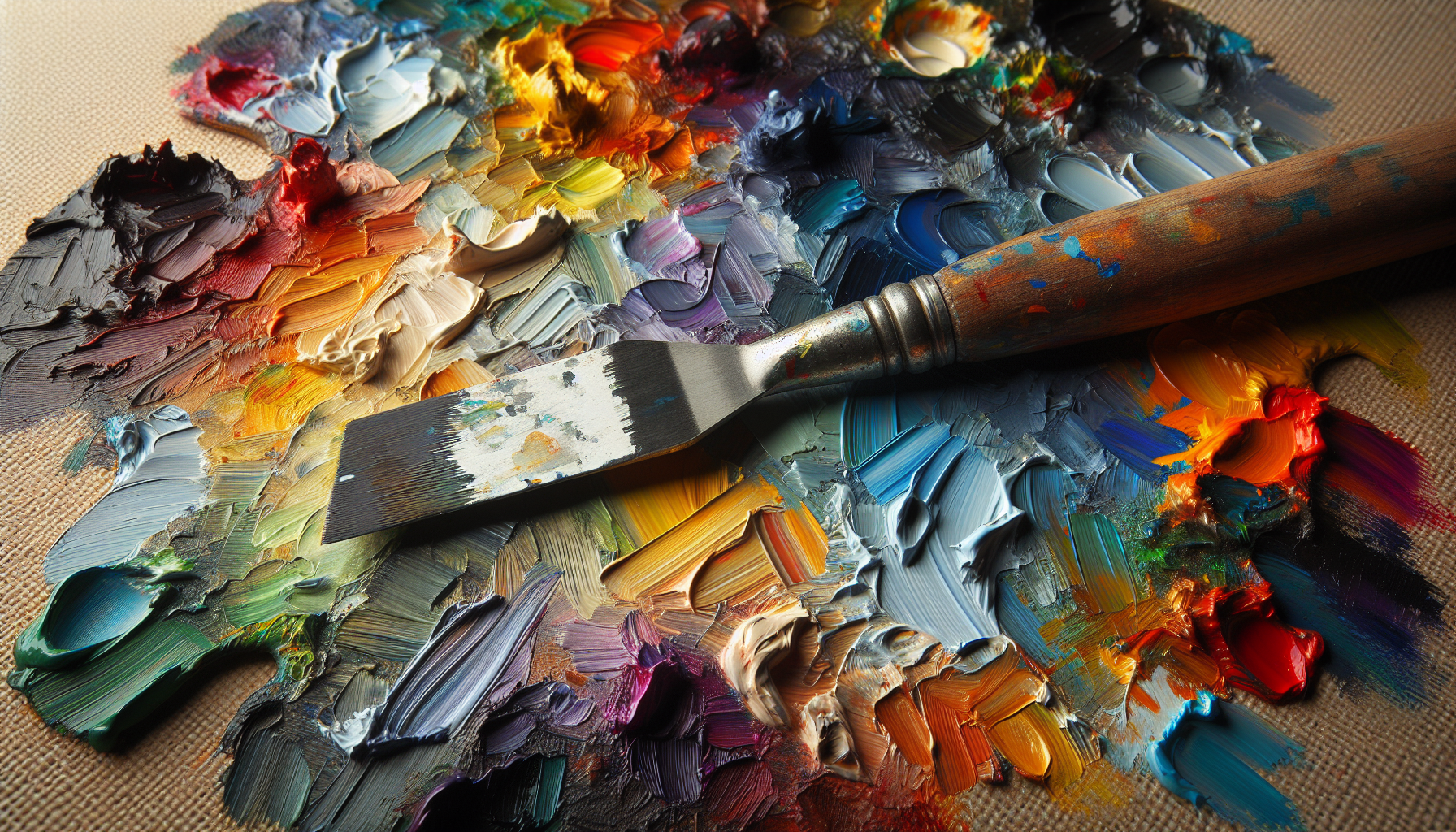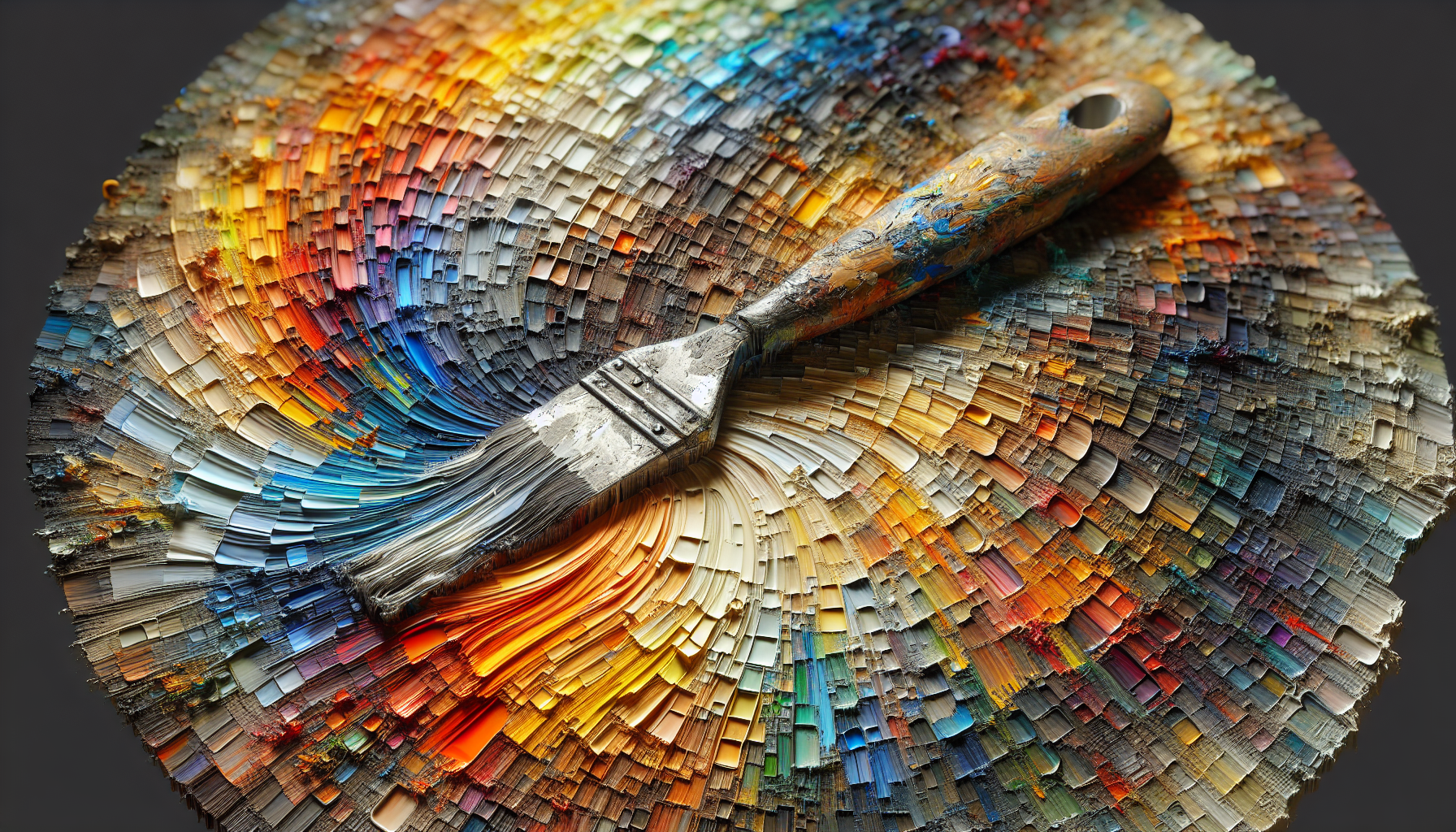Have you ever wondered why some artists prefer to use a palette knife instead of a traditional brush when painting? This choice can be puzzling for those new to the world of art. To understand the preference for palette knives, it’s essential to explore their unique advantages and the dynamic effects they can achieve in a painting. While brushes are celebrated for their versatility and precision, palette knives offer artistry that is distinct, bold, and textured. This article will delve into the reasons why you might opt for a palette knife in your next creative endeavor.
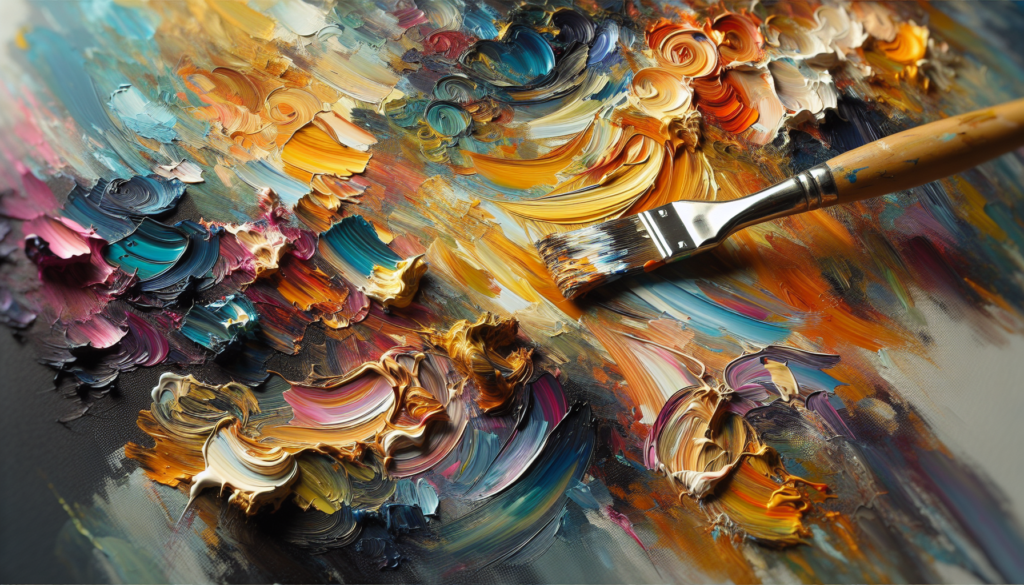
Understanding the Palette Knife in Art
A palette knife is an artist’s tool with a flexible steel blade used to mix paint on the palette and apply it to the canvas. Palette knives come in various sizes and shapes, each offering different possibilities for creative expression. Unlike brushes, palette knives are less about refinement and more about expressiveness through texture and form, allowing you to create a range of effects that can bring a painting to life.
The Role and History of Palette Knives
The palette knife has a rich history, dating back centuries as a key tool in an artist’s arsenal. Originally, its primary function was to mix colors, but modern artists, particularly from the Impressionist movement, revolutionized its use as a primary tool for applying paint. This technique offered a bold alternative to the understated and controlled strokes of brushes. Understanding this evolution helps appreciate the widespread adoption of this tool in contemporary art.
Types of Palette Knives
Palette knives are not one-size-fits-all; they come in different shapes such as the diamond, angle, or offset handles. Each shape allows for unique application techniques, enabling artists to experiment with textures and layers. The flat blade of a palette knife is perfect for sweeping broad areas of paint, while the narrow tip can add fine details, making it a versatile addition to any artist’s toolkit.
| Type | Description |
|---|---|
| Diamond | A classic shape ideal for free flowing curves and strokes. |
| Angle | Provides a slanted edge for precise, directional application. |
| Offset | Features a kinked handle to keep paint from your fingers. |
| Rounded Tip | Perfect for soft, curved edges and blending techniques. |
| Straight Edge | Excellent for scraping and creating flat texture surfaces. |
Benefits of Using a Palette Knife
Compared to brushes, palette knives offer several unique benefits that can transform the way you approach painting. These tools are not just about utility but about enhancing creative freedom and offering results that brush alone may not achieve.
Texture and Depth
One of the most apparent advantages of using a palette knife is the ability to build texture and depth. A knife’s rigid edge can be used to spread thick layers of paint in a manner that raises off the canvas, creating a lively surface that catches light differently and changes the painting’s appearance from different angles. This three-dimensional effect adds a sense of dynamism and tactile engagement.
Expressive Freedom
Using a palette knife can liberate you from the constraints of traditional brush techniques. The unpredictability of a knife stroke encourages a looser style, which can invigorate your work with energy and spontaneity. This freedom is particularly beneficial in abstract art, where expressive marks and intense colors bring a painting to life.
Vibrant Color Mixing
Painting with a palette knife allows for fresh, vibrant color mixing directly on the canvas. The applied pressure can blend colors naturally and intuitively, resulting in vivid hues and unique tones. This technique avoids muddying colors, a common issue when over-mixing with a brush.
Clean and Contemporary Finish
Because the knife does not absorb paint like a brush, colors remain clear and clean, allowing for defined edges and striking contrasts. This technique results in a clean, modern finish that is often sought in contemporary artwork.
Low Maintenance
Palette knives are notably easier to clean than brushes. There’s no need to worry about paint drying and hardening bristles. A quick wipe or rinse with water ensures your tool is good as new, which can be particularly advantageous in maintaining the longevity and efficiency of your tools.
Techniques Unique to Palette Knives
Various techniques are open for exploration when using a palette knife. Each method can provide distinct visual effects, allowing for an unlimited range of creativity.
Impasto Technique
Impasto refers to applying thick paint which stands out from the surface. This technique is made effortless with a palette knife, which excels in creating bold, textured layers that are a signature of this style. Artists can add intricate textures by sculpting the paint, creating a tactile effect that brings a painting to life.
Sgraffito
Sgraffito involves scratching into a layer of wet paint to reveal the underlying color or surface. This is effectively achieved with the sharp edge of a palette knife. By doing so, you can introduce strong lines, intricate details, or even letters and numbers into your work, adding complexity and intrigue.
Layering
Unlike brushes, palette knives can apply thick, opaque layers of paint without disturbing the layers beneath. This allows for dramatic layering, where each layer can interact only minimally with those before it. The flat, hard edge of a palette knife is also useful for scraping away parts of the top layer, revealing layers beneath in an engaging way.
Comparing Brushes to Palette Knives
Choosing between a brush and a palette knife depends on the stylistic outcome desired for your artwork. While both tools have their place in an artist’s toolbox, understanding their differences can help you make an informed choice.
| Feature | Brush | Palette Knife |
|---|---|---|
| Flexibility | Versatile with various shapes/sizes. | Limited shapes, but varied techniques. |
| Texture | Fine texture through brush strokes. | Bold, thick textures are possible. |
| Cleanup | Can be challenging (brush care). | Easy – just wipe or wash the blade. |
| Color Blending | Soft, gradual blending. | Vivid, contrasted blending. |
| Detail Work | Ideal for intricate details. | Best for broad strokes and textures. |
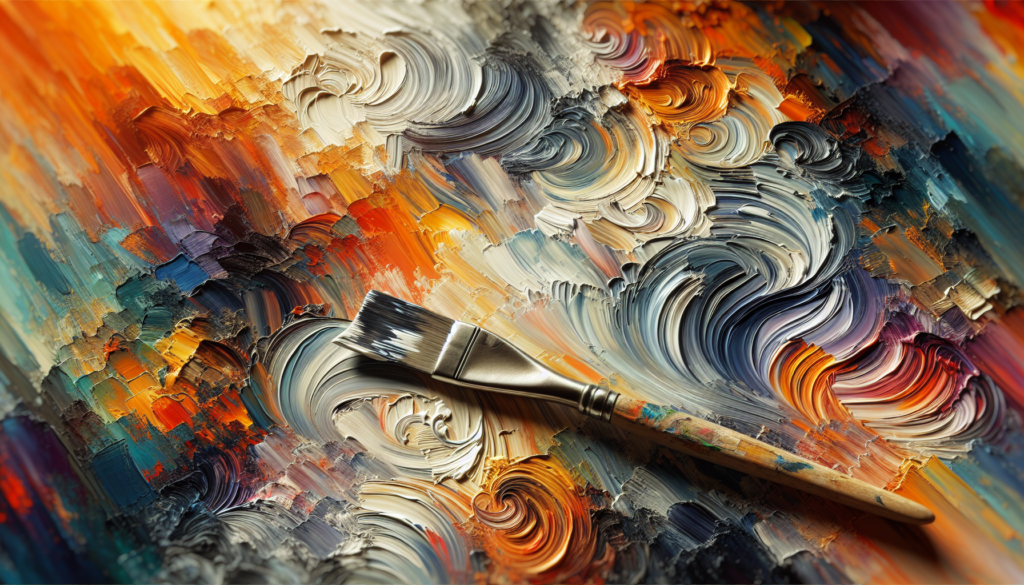
Challenges of Using a Palette Knife
Despite their advantages, palette knives come with their challenges. Recognizing these can prepare you better and ensure a smoother transition when incorporating them into your artistic practice.
Control and Precision
Palette knives require a different level of control than brushes. The rigidity and flexibility of the knife can make precision more challenging, especially for those accustomed to the accuracy of brushwork. However, overcoming this challenge can result in more liberated and expressive art.
Learning Curve
Transitioning from brush to knife can involve a learning curve. Getting accustomed to a palette knife’s weight and how it moves paint requires practice and patience. Mastery of this tool involves understanding the angles, pressure, and how different blade types affect the paint’s interaction with the canvas.
Engaging with Palette Knife Art
Why might you be drawn to art created predominantly with palette knives? Its vibrant, captivating nature tends to attract audiences, presenting a contemporary freshness and energy rarely seen in more traditional techniques.
Growing Popularity
In recent years, palette knife art has gained popularity, partly due to trends in modern decor which favor bold, textured artworks. Collectors and art enthusiasts often seek these dynamic pieces as they tend to complement contemporary spaces effortlessly.
Emotional Impact
Palette knife art connects with viewers on an emotional level, thanks to its strong, bold lines and the palpable energy trapped in every stroke. The visible motion and dynamic textures convey a sense of movement and life, engaging viewers and encouraging prolonged observation and reflection.
Getting Started with Palette Knives
Embracing the palette knife involves selecting the right tools and practicing specific techniques. Whether improving skills or exploring new artistic horizons, this approach can enhance your practice significantly.
Choosing the Right Materials
Your choice of materials can influence the final outcome of your piece. Consider experimenting with different canvas textures, paint types, and palette knives to find the combination that best suits your style.
Paint Selection
Thicker paints like acrylics and oils work best for palette knife techniques. These mediums possess the right consistency to hold created textures and provide distinctive surface qualities unlike those achievable with thinner paints.
Canvas Choices
Select a sturdy canvas that can support multiple layers of thick paint application. A high-quality, stretched canvas ensures that your artwork maintains its integrity over time, standing up to the physical nature of palette knife techniques.
Practicing Techniques
Start with simple exercises to familiarize yourself with the feel and response of the palette knife. Experimentation with strokes, angles, and pressure can help you discover how this tool best conveys your artistic vision. Regular practice will also build the muscle memory and dexterity required for precision with this tool.
Conclusion
Palette knives present artists with distinct advantages, from rich textures to vibrant colors and expressive freedom. While they require a shift in technique and mindset, they offer an exciting, rewarding approach to painting, worthy of exploration. Understanding when and why to choose a palette knife can expand artistic possibilities and redefine the contours of creativity. Whether you create or simply appreciate, the engaging effect of a palette knife speaks volumes about the power of art to convey emotion and experience, emphasizing the profound impact of choosing the right tools for your creative journey.
